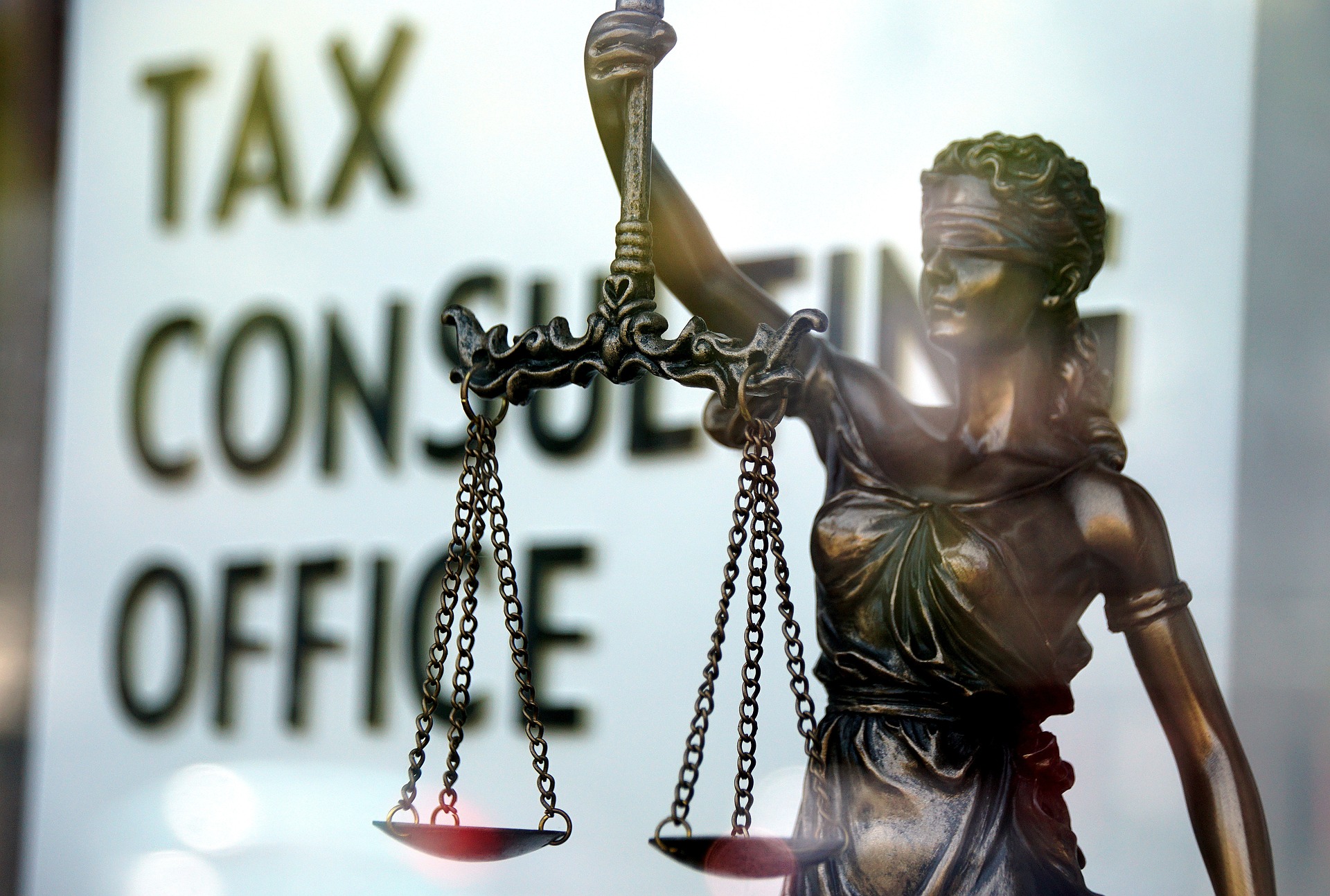The Interplay between Public Health and Constitutional Rights Amidst a Pandemic
The COVID-19 pandemic has challenged societies and governments worldwide in unique and unprecedented ways. This global health crisis has not only triggered a public health emergency but also invoked a complex interplay between public health and constitutional rights, particularly in democracies.

Historical Context and Key Legal Developments
The relationship between public health and constitutional rights has always been delicate. The tension arises from the need to balance individual freedoms and collective wellbeing during a health crisis. The law has often had to step in to mediate the conflict, often leading to significant legal developments.
Historically, governments have invoked the police powers doctrine, which allows states to enact laws and regulations to protect public health, safety, and morals. This doctrine has been a cornerstone of public health laws, allowing the state to quarantine individuals or restrict movement during epidemics, such as the 1918 Spanish Flu.
The Modern Legal Landscape
In the context of COVID-19, governments worldwide have imposed lockdowns, travel restrictions, and mask mandates, among other measures, to curb the virus’s spread. While these measures are critical for public health, they also raise constitutional questions related to individual freedoms, such as the right to assembly, freedom of movement, and the right to privacy.
The Rights of Individuals and the Public Good
The rights to freedom of movement and assembly are enshrined in many national constitutions worldwide. They are also recognized in international legal instruments, such as the Universal Declaration of Human Rights. However, these rights are not absolute and can be limited for legitimate public health reasons.
Nevertheless, such restrictions must meet specific criteria. They must be provided by law, serve a legitimate aim, be strictly necessary in a democratic society, be the least intrusive means to achieve the aim, and respect human dignity.
The COVID-19 pandemic has seen these criteria put to the test as courts evaluate the legality and proportionality of public health measures that limit constitutional rights.
Socio-Legal Implications
The impact of these tensions between public health and constitutional rights extends beyond the legal realm. They influence the societal perception of the government and the law. They also affect how communities respond to public health measures, which in turn affects the measures’ effectiveness.
In democracies, where public trust and compliance are crucial for public health measures to work, these legal tensions can have profound implications. They can undermine the public’s trust in the government and its measures, leading to non-compliance and, ultimately, a less effective public health response.
Concluding Thoughts
The COVID-19 pandemic underscores the importance of maintaining a delicate balance between public health and constitutional rights. It reminds us that even in times of crisis, legal principles and respect for human rights must not be discarded. Instead, they should guide governmental responses, helping us to navigate these challenging times.
The interplay between public health and constitutional rights will continue to pose challenges for law and government as we navigate future public health crises. We must learn from the current pandemic to strike a better balance in the future.




